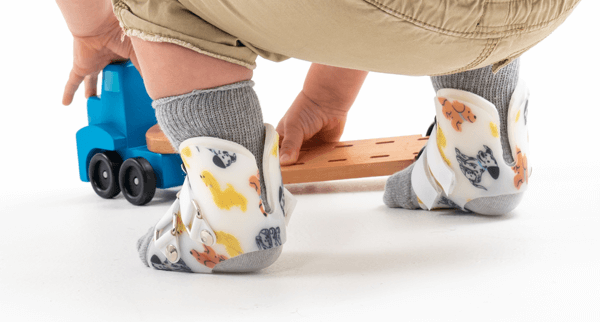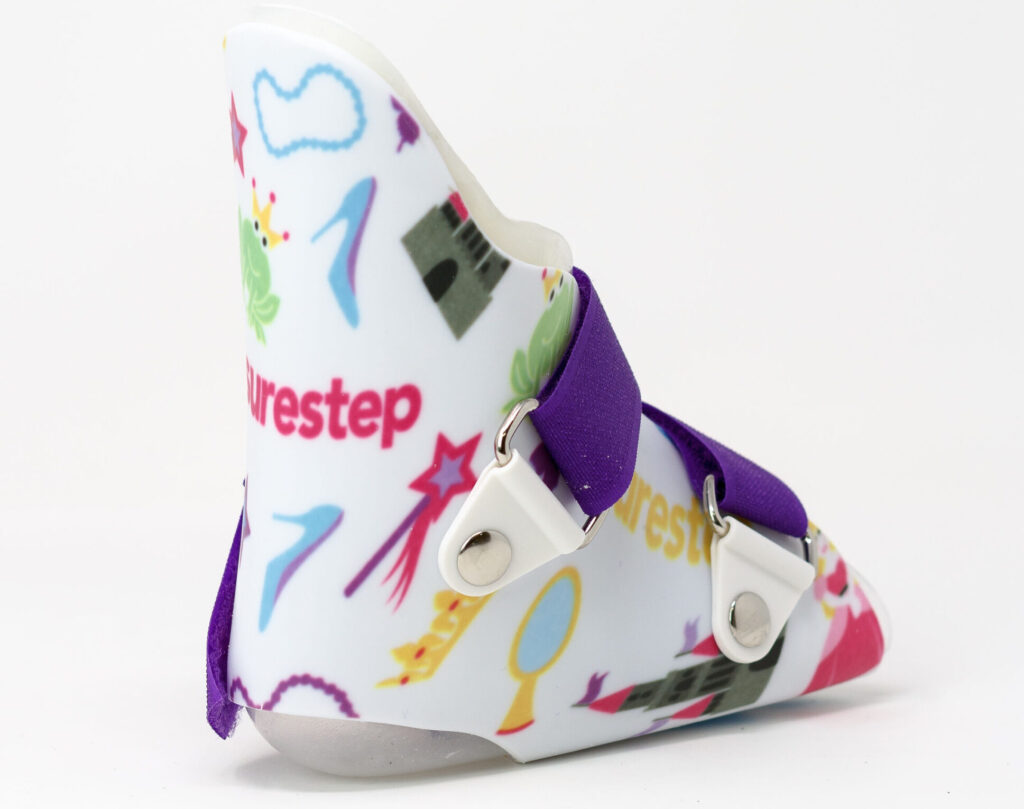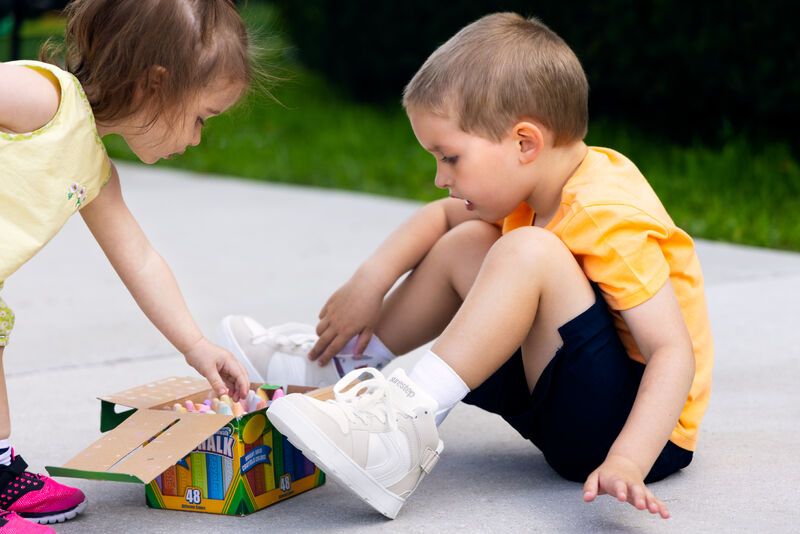22
Oct
2024
The Open Heel Modification for SMOs and AFOs: The Next Step Toward Thriving
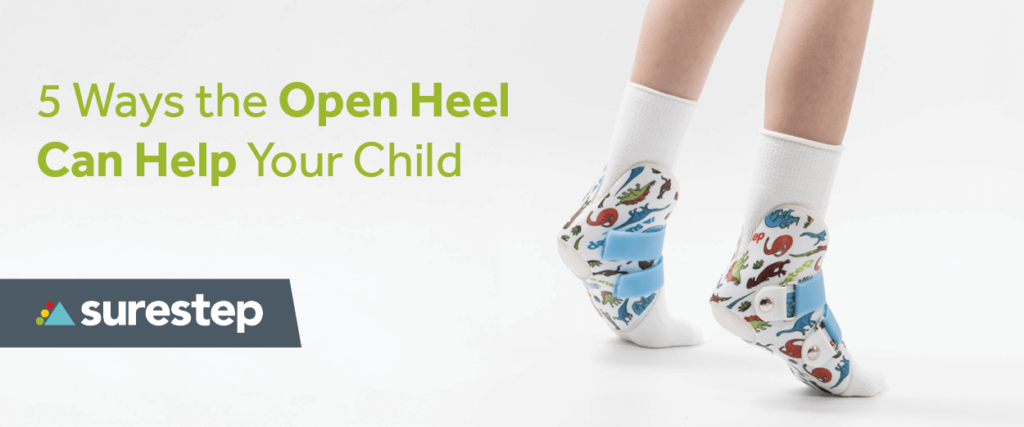
Today, we have an exciting next step for you to think about. It’s a slight change to your kiddo’s braces, whether SMO, AFO, or Indy 2 Stage.
It helps children not only reach developmental milestones but also to thrive in the future. We don’t just want your child to experience the bare minimum of function. We want them to fully participate with their peers in all the activities of life.
What is this change? It’s called the open heel modification. It lets your kiddo feel the floor when they’re walking, which sends better sensory feedback to the brain, encouraging them to shift their weight back toward their heels.
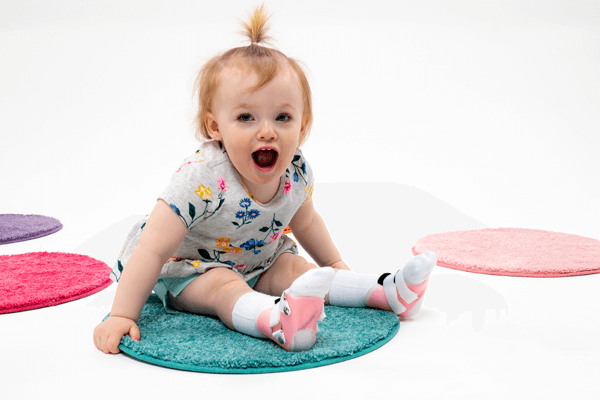
This leads to the development of a more natural gait, or walking pattern. In the long term, this will help them walk, climb, jump, and run with a lot more energy. They won’t get tired as easily, because every step will be more efficient. Plus, they’ll have better balance and stability.
We’ve tested this in many patients since the development of our open heel SMO in 2017, using gait measuring equipment and observational analysis. This is why we can highly recommend it as a modification for your kiddo’s next pair of braces.
5 Ways an Open Heel Helps Your Kiddo
What can the open heel modification do for your kiddo? It has a range of great effects, but here are five main advantages:
- Better Sensory Feedback: The open heel lets a child feel the floor and how the heel is pressing on it. It helps them move naturally through each step with this feedback.
- Natural Gait Pattern: It helps the feet develop a healthy heel-toe walking pattern. As the heel comes down for a step, the sole can flex and roll down to touch the floor in a gradual, controlled way (instead of slapping down all at once).
- Stronger Muscles: Certain muscles are strengthened by this walking pattern, such as the shin muscles. These muscles help raise the toes off the floor to avoid stubbed toes and tripping.
- Endurance and Energy: With a closed heel, kiddos tend to walk differently, like they’re wearing a stiff ski boot that pushes their knee forward when the heel hits the floor. But with the open heel, they develop a natural gait, which is efficient, saving a lot of energy.
- Social Connections: When your kiddo can walk or run farther, they can participate in more activities with their peers, getting even more physical and social practice.
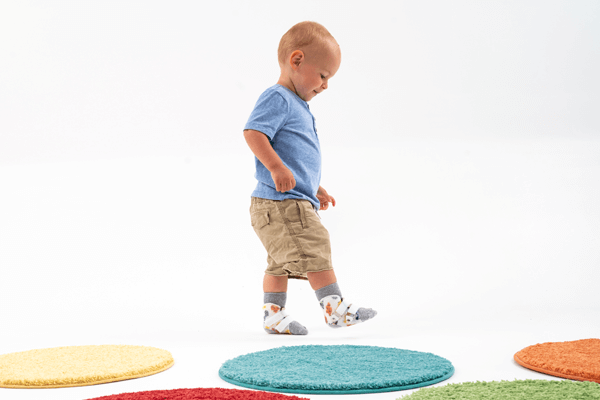
Our orthotists are targeting “gait maturation,” which means that their style of walking keeps getting better over time. They’ll get better control of their coordination and posture. This is about thriving and excelling—and developing healthy walking pattens for the rest of their life.
Is the Open Heel Modification Right for My Child’s Braces?
The open heel is available on our Surestep SMOs, Surestep Big Shot SMOs, Surestep Toe Walking SMOs, Surestep Pullover AFOs, and Surestep Indy 2 Stage AFOs.
If your child wears any of these brace types, you can discuss with your child’s medical team whether an open heel on the next pair would help your child.
Plus, the open heel can help children who are:
- Learning to walk
- Developing their walking patterns
- Developing advanced skills, such as jumping and running
It can help if your child is on their first Surestep SMOs or AFOs or they’re getting their SMOs replaced after a growth spurt.
Why This Small Change Makes a Big Difference
Imagine your kiddo walking barefoot. Here’s what happens when a foot hits the floor at the beginning of a step:
- As the heel comes down, the tissues in the heel compress.
- This squishes nerve cells, sending signals to the brain, telling the brain how much weight is on the foot. The brain senses that weight is shifted to one side of the body.
- The child adjusts their posture moment by moment using this feedback. When too much weight is on one foot, the brain adjusts their balance and moves the weight toward the other foot.
Sensory feedback is vital for learning to walk well. And that’s what the open heel design gives them! It lets them know when their foot hits the ground and when their weight moves forward across their foot.
It still gives great sensory feedback when they’re wearing shoes too. It’s a small change that makes a huge difference (which we’ve studied with gait measuring equipment).
How the Open Heel Changes a Surestep Brace
To make this modification, we cut the heel area out. This lets your kiddo’s heel come through the hole so it naturally touches the floor.
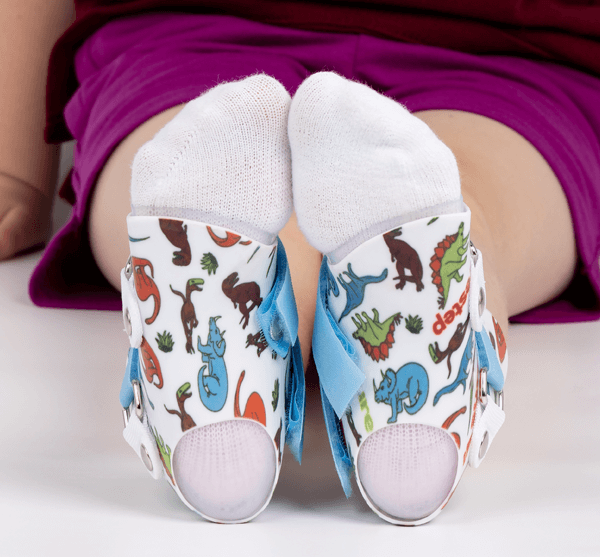
Next, we add a very thin layer of plastic inside the brace. This is for comfort, so your child’s heel doesn’t rub on the exposed plastic of the open heel. This layer is so thin that the nerve cells in the heel still compress and give all the sensory feedback your kiddo needs.
FAQ
Does the open heel work best on certain braces?
If our orthotists had their way, they would add it to every brace. But here a few of the stand outs:
- The Toe Walking SMO: This design gives the child extra sensory input in the front of their foot, so adding the open heel modification balances that input. This helps them develop a great range of motion in their feet and an upright posture.
- Second Pair of SMOs for Hypotonia: Does your child have low muscle tone? Have they already learned to walk in a closed heel SMO? Then adding the open heel to their next pair will make their walking pattern more efficient, strong, and mature.
- Indy 2 Stage: This is an SMO inside of an AFO. We can add the open heel just to the SMO for great sensory feedback. We can also add it to the AFO, letting your kiddo’s heel go through both devices. (The orthotist should adjust the open heel at the fitting appointment to make sure your kiddo’s heels fit through and rest on the ground.)
- Sensory Seeking Children: Some kids press their feet on everything, even in the orthotist exam room. They are searching for more sensory input and stimulation. The open heel will give them more information about the world around them.
How soon will the open heel design help my child?
We usually see visible changes after about six months (if other issues don’t interfere). A child who gets an open heel brace might stand or walk a little differently right away. But it takes time for new walking patterns and habits to develop. The brain, muscles, and joints adjust gradually.
Does It Cost More?
Yes and no.
Yes, because insurance companies bill (charge) differently for a modification that adds a layer of plastic. They add another code to the order. (There’s no single price tag that all parents pay. The cost depends on your insurance plan and other factors.)
No, because there are ways to save on the open heel modification:
- Long-Term Savings: Some kiddos develop poor walking patterns when they stay in a closed heel SMO for too long. Their doctor prescribes them an AFO to compensate, which is bulkier and costs more. The open heel SMO can help avoid that.
- Insurance Timing: Growing kids may need two pairs of SMOs per year. So once the parents meet their insurance deductible for the year, they request open heel SMOs for the second pair. The insurance then has to cover more of the cost (or even all of it).
Many parents are happy to pay to add the open heel modification. It means giving your child more energy, endurance, muscle strength, and opportunities to participate.
Some of our orthotists are moms, too, including Anne Paré. She told me she would have been happy to pay if her child had needed it growing up. That’s because it would give them the best chance at thriving in the long-term, being able to walk, run, and engage fully in activities for life.
Is it harder to put a shoe on over an open heel brace?
Even though the open heel adds another layer of plastic inside the brace, it’s not really bulkier. But the heel has a grippy area, which does add some friction while putting on a shoe.
Here are some tips for making this easier:
- Open the laces wide to get ready
- Expect that the heel is going to stick a little bit
- Wiggle the shoe, rocking it back and forth a little, while pushing it over the brace
- You could instead twist the shoe or add a scooping motion to it
- Optional: Some parents even sprinkle baby powder on the heel to make it slide better (and other parents don’t)
- Use Surestep heel entry shoes and close the movable heel over the braces
I’m not seeing changes from braces! What can I do?
Usually, you can improve your child’s development through these changes:
- Full-Time Wear: They need to wear their braces during all waking hours to get the benefits of them.
- Physical Therapy: The child needs to use their physical therapy exercises in combination with braces to practice correct, healthy movements.
- Variety of Activities: Kids need to try a range of activities, including transitioning between positions—crawling up stairs, climbing over a pile of pillows, walking, jumping, etc.
- Shoe Adjustments: Some children need their shoes adjusted to promote the best walking mechanics. As examples, an orthotist can add an internal heel wedge to a shoe or cut the sole to the right height. Shoes work with braces to get your child moving comfortably.
- More Steps: Typically developing kids often walk 10,000+ steps per day. They take three years to walk well and six years to develop a foot arch! In braces, your kiddo also needs sensory feedback, which the open heel gives, and lots of practice. Encouragement, time, and the ideas above will help them develop.
Next Steps
We stand behind traditional Surestep braces. They do the great things your doctor or PT prescribed them for. At the same time, the open heel modification is an enhanced design that adds the next step: improving your child’s long-term development and helping them thrive.
If you’re interested, talk to your orthotist. Ask if they have a sample brace in their office for you to look at and handle. If they don’t have one, look at the pictures here and on our open heel product page.
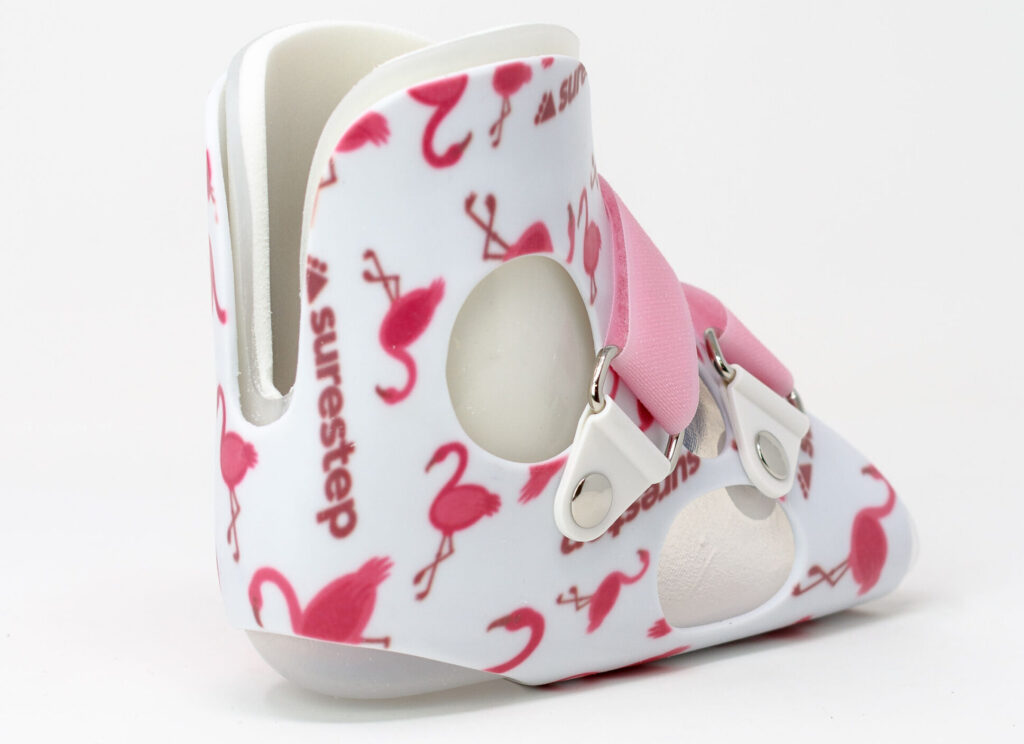
When you’ve made your decision, just ask them to add the modification to the next pair of braces. They can quickly take care of this on a Surestep order form.
Remember, no matter what stage of development your child is on, the open heel is always a good option. It can give your kiddo a natural gait, better posture, and more energy.
With your encouragement, we want your child to fully participate in exciting activities. Beyond developmental milestones, Surestep promotes independence, transformation, and a rich and interesting life.
Want to know more? Get a shareable PDF here, with before and after pictures.
